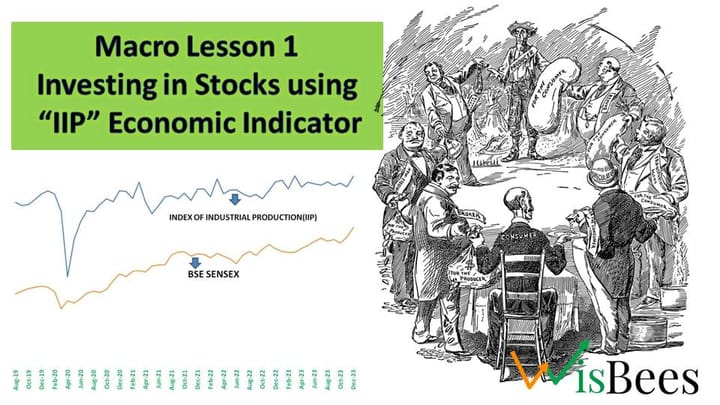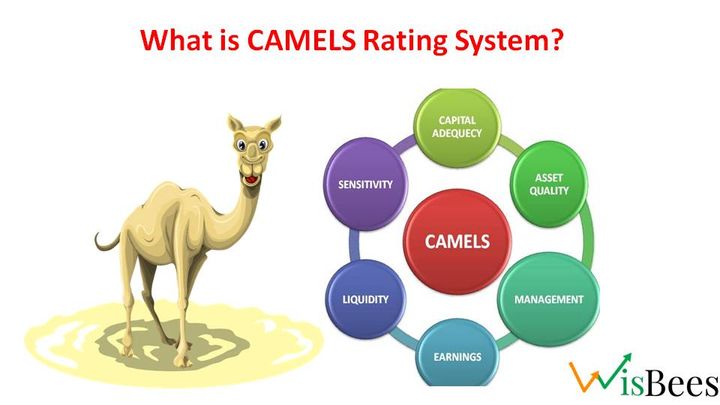Capital allocation across risky and risk-free portfolios

Capital allocation across risky and risk-free portfolios involves determining the optimal allocation of an investor's capital between a portfolio of risky assets and a risk-free asset. The allocation depends on the investor's risk aversion, the expected return and risk of the risky portfolio, and the risk-free rate.
The risky asset is typically a diversified portfolio of stocks or bonds, while the risk-free asset is typically Treasury Bills or short-term government bonds or cash.
The optimal allocation can be calculated using the following formula:
Where:
Y* is the proportion of capital to allocate to the risky portfolio.
E(r) is the expected return of the risky portfolio.
Rf is the risk-free rate.
A is the investor's risk aversion coefficient.
𝛔2 is the variance of the risky portfolio.
Example:-
For example, assume an investor has Rs.1,00,000 to allocate between a risky portfolio and a risk-free asset. The investor's risk aversion coefficient is 2.5, the expected return of the risky portfolio is 10%, and the risk-free rate is 2%.
Using the formula above, the optimal allocation to the risky portfolio can be calculated as follows:
Assuming the variance of the risky portfolio is 0.05, the optimal allocation to the risky portfolio is:
C = [(10% - 2%) / (2.5 * 0.05)] = 64%
Therefore, the investor should allocate 64% of their capital (Rs.64,000) to the risky portfolio and 36% (Rs.36,000) to the risk-free asset.
The allocation can be graphically represented using the capital allocation line (CAL), which is a straight line that connects the risk-free rate and the optimal risky portfolio. Click on this link to understand CAL more.
The optimal allocation of a risky portfolio is the point at which the investor's utility is maximized given their risk tolerance and the available investment options. This optimal allocation can be determined using portfolio optimization techniques, which seek to maximize expected returns while minimizing risk based on the investor's preferences and constraints.
Key Takeaways
- Capital allocation involves determining the optimal allocation of an investor's capital between a portfolio of risky assets and a risk-free asset.
- The allocation depends on the investor's risk aversion, the expected return and risk of the risky portfolio, and the risk-free rate.
- The optimal allocation can be calculated using the formula Y* = (E(r) - Rf) / (A * 𝛔2).
- The optimal allocation can be graphically represented using the capital allocation line (CAL), which is a straight line that connects the risk-free rate and the optimal risky portfolio.
- The optimal allocation of a risky portfolio is the point at which the investor's utility is maximized given their risk tolerance and the available investment options.
- Portfolio optimization techniques can be used to determine the optimal allocation, which seeks to maximize expected returns while minimizing risk based on the investor's preferences and constraints.



